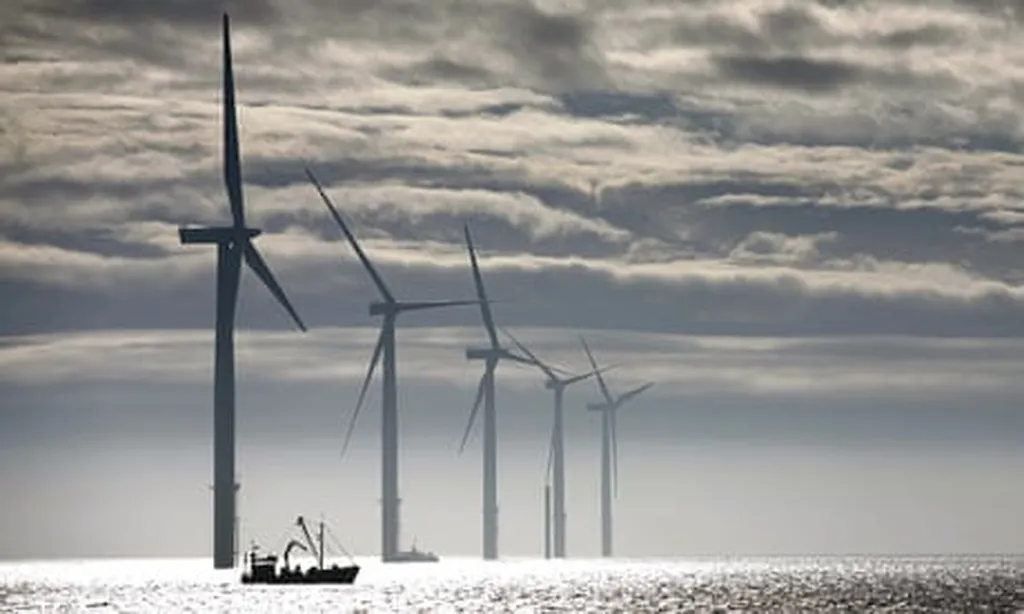RWE has reached a significant milestone in the development of Denmark’s largest offshore wind project, the 1.1GW Thor offshore wind farm. The company has completed the installation of all 72 monopile foundations in the Danish North Sea, marking a crucial step forward in the project’s timeline. The foundations, each measuring around 100 meters long and weighing up to 1,500 tonnes, were transported from Eemshaven in the Netherlands to the construction site 22 kilometers off the coast of Jutland. Jan De Nul, utilizing the vessel ‘Les Alizés,’ successfully executed the installation over the past five months.
Unlike traditional methods, the Thor project employs extended single monopiles, eliminating the need for separate transition pieces. Secondary steel structures, such as boat landings, will be assembled offshore later this year, with logistics and marine traffic managed from the Danish Port of Thyborøn. To protect the monopiles until turbine towers are mounted next year, reusable hard covers are being installed, aligning with RWE’s commitment to sustainable construction practices.
Turbine installation is scheduled to commence in 2026 from the Port of Esbjerg. The Thor project is set to make history as the first offshore wind farm globally to feature 36 turbine towers manufactured with reduced carbon emissions and recyclable rotor blades on half of the turbines. Once operational in 2027, the project will provide renewable electricity to over one million Danish households.
RWE is also investing in local infrastructure, with a new service facility under construction at the Port of Thorsminde, expected to be completed by late 2025. This facility will serve as the base for operations and maintenance activities, creating between 50 and 60 local jobs. The Thor offshore wind farm is being developed as a joint venture between RWE, holding 51%, and Norges Bank Investment Management, holding 49%.
“Together with our partner, Norges Bank Investment Management, we are well on track with the construction of Thor – Denmark’s largest offshore wind farm to date,” said Tobias Keitel, RWE offshore wind chief technology officer. “The safe installation of the monopiles is testament to the expertise, dedication and collaboration of the entire team involved.”
This development underscores the growing trend of large-scale offshore wind projects incorporating sustainable practices and innovative technologies. The Thor project’s focus on circularity and reduced carbon emissions sets a precedent for future offshore wind farms, potentially influencing global industry standards. As the project progresses, it will be interesting to see how these advancements shape the sector’s approach to sustainability and efficiency.

